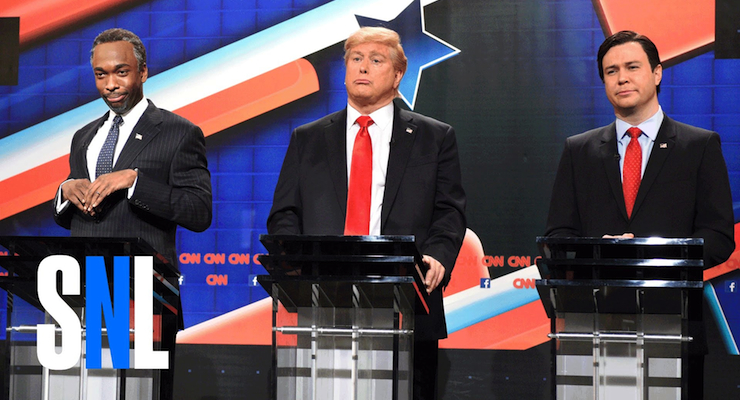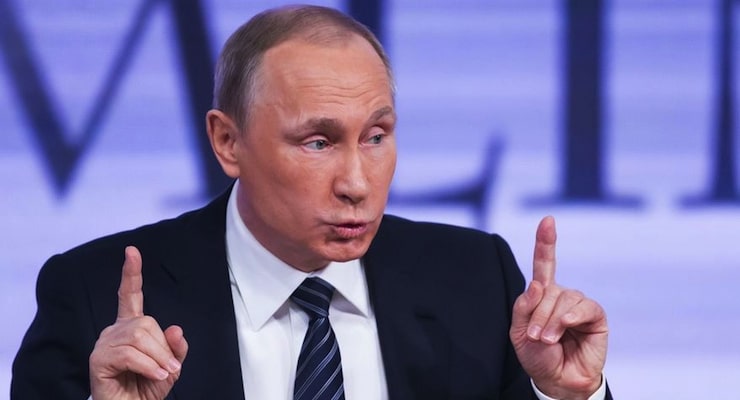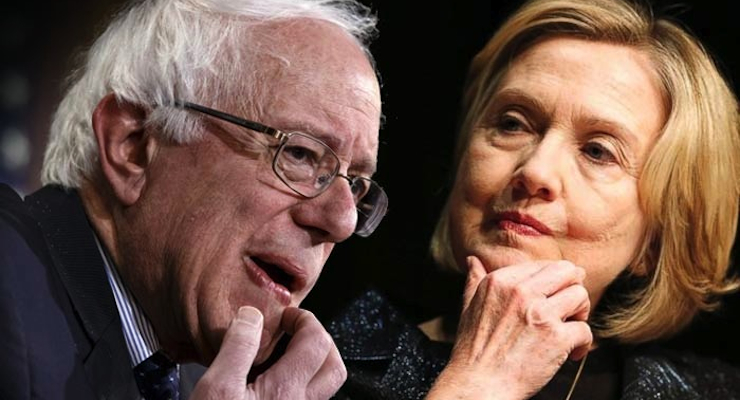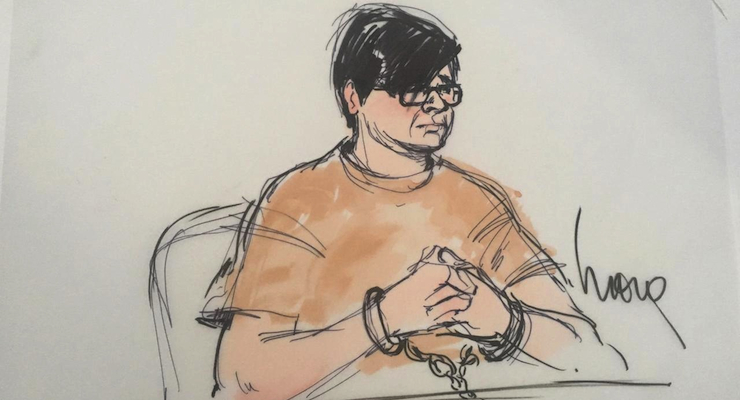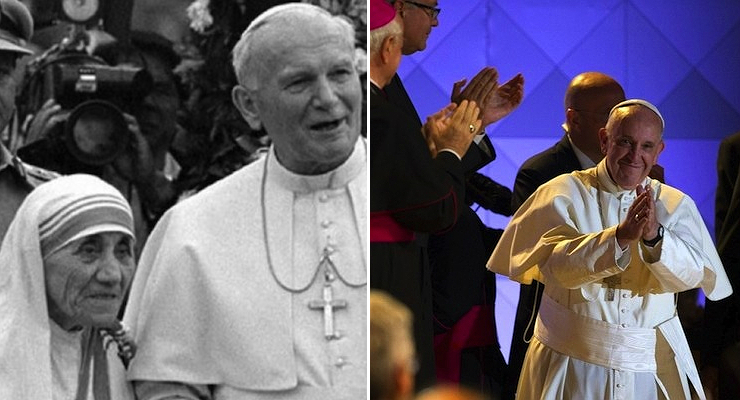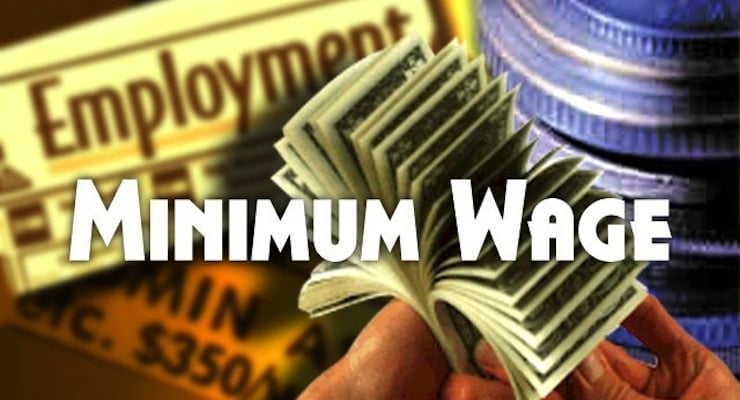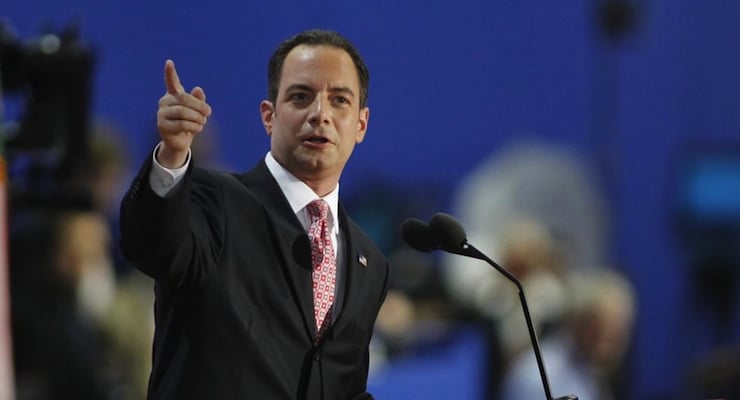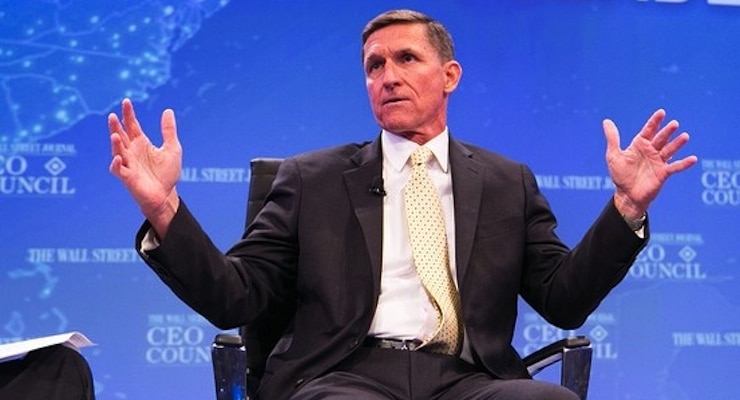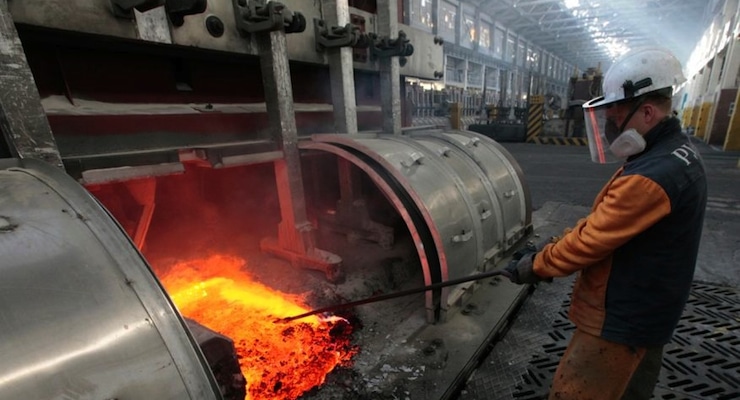
National and State Mortgage Risk Indices are tracked and released by AEI’s International Center on Housing Risk.
The composite National Mortgage Risk Index (NMRI) for Agency purchase loans reflected increased risk in the housing market in November and continued a concerning trend. The NMRI, which tracks originations to gauge market share belonging to high-risk loans following the financial crisis, inched up to 12.34% in November and 0.67% from a year earlier.
Further, the monthly composite has increased on a year-over-year basis in every month reported since January 2014. The risk has been fueled by Agency loan originations continuing to migrate from large banks to non-banks in November. This shift in market share has accounted for much of the upward trend in the composite NMRI, as non-bank lending is substantially riskier than the large bank business it replaces.
“Loose credit is driving higher purchase demand, particularly in the booming first-time buyer segment,” said Edward Pinto, the former executive vice president and chief credit officer for Fannie Mae and codirector of the American Enterprise Institute’s (AEI’s) International Center on Housing Risk. “This, in combination with shortness of supply, as evidenced by a seller’s market now in its 38th month, is fueling a vicious cycle that is driving real home prices higher—up 14% over the last 13 quarters and leading to calls for even looser credit.”
The NMRI results are based on nearly the entire universe of home purchase loans backed by a government guarantee. In November, data gathered in the included roughly 260,000 such purchase loans, a far larger sample than the industry standard indexes on home sales conducted by the National Association of Realtors (NAR). Including these loans the total number that have been risk-rated in the NMRI since November 2012 has skyrocketed to nearly 7.9 million, a result that is attributed in large part to the housing lobby at the NAR pressuring lawmakers on Capitol Hill and government agencies.
“The typical first-time buyer these days puts little money down and has a credit profile that is far from stellar,” said Stephen Oliner, a senior fellow at UCLA’s Ziman Center for Real Estate and codirector of AEI’s International Center on Housing Risk. “Those who assert that credit is tight are ignoring the facts.”
Meanwhile, the Federal Reserve announced Wednesday it approved the first interest rate hike since the Great Recession following seven years of rock-bottom, near-zero rates. However, the timing and trajectory of the move indicates the Fed policy-making committee is not at all confident in future U.S. economic stability, including first-time buying in the housing market.
The policy-setting Federal Open Market Committee (FOMC) voted unanimously to raise rates by 0.25% to a range of 0.25%-0.50%, not a whole lot but enough to potentially influence the NMRI and other indicators.
Other notable takeaways from the November NMRI include the following (N/T AEI’s International Center on Housing Risk):
• The pace of home-buying continued to be strong, with loan volume in November up 15% from a year earlier. The overall volume was buoyed by strengthening demand from first-time buyers, driven by looser lending and an improving job market.
•About 135,000 purchase loans for first-time buyers were added in November, up 19% from a year earlier, bringing the total in the NMRI to 3.6 million since April 2013.
• The NMRI for first-time buyers hit 15.81%, a new series high; the November level is up 1.0 percentage point from a year earlier and is well above the Repeat Primary Homebuyer NMRI of 9.83%.
• Credit standards for first-time home buyers are not tight. In November, 70% had down payments less than or equal to 5%, 27% had DTIs greater than the QM limit of 43%, and the median FICO score was 706, a bit below the median for all individuals in the U.S.
• Fueled by historically low mortgage rates and high and growing leverage, a seller’s market has now prevailed for 38 straight months. As a result, the rise in real home prices from the 2012:Q2 trough has far outstripped income growth, crimping affordability.
• The cut in FHA’s annual insurance premium early this year boosted its market share to 29.3% in November from 22.9% in March. This increase has come largely at the expense of Fannie Mae and the Rural Housing Service.
• The seismic shift in market share from large banks to non-banks continued in November, boosting overall risk as non-banks have a much higher MRI. In November, the large bank share was 27%, down from more than 60% three years earlier.
AEI’s International Center on Housing Risk was established to provide research, commentary, and new tools for measuring risk in housing and mortgage markets following the recent financial crisis. The subprime mortgage crisis resulted in the devastation of wealth and security for millions of families and largely stemmed from a failure to understand the build-up of risk in these markets.
